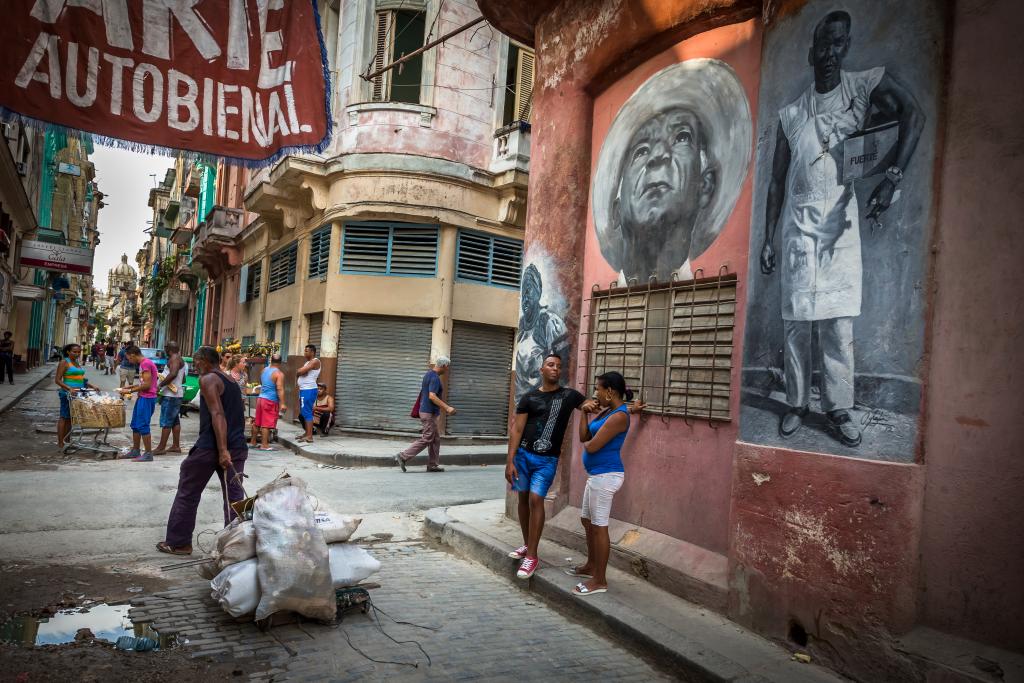Ever since the term ‘globalisation’ began to circulate widely among social scientists and the media in the 1990s, it has been commonplace to assume that the world’s growing connectedness has also exacerbated socio-economic inequalities. The enormous success of Thomas Piketty’s Capital has lent further credence to the notion that globalisation aggravates inequality. Even as much of the book’s effort was in fact devoted to discussing the ratio between economic growth and the rate of return on capital, its reception among historians has concentrated on the ostensibly simpler matter of how wealth inequality developed over time.
Though focused only on a handful of Western countries, and concerned with the unequal distribution of wealth within, not across, nation-states, Piketty’s general finding of rising inequality in the four decades prior to World War I, followed by a decline during the trente glorieuses of 1945–1975, then succeeded by a renewed rise, were easily mapped onto historians’ standard periodisation of globalisation. The correlation between globalisation and inequality that appeared to come into sight subtly slipped into the perception of a causation because it made sense: Since from the get-go the term globalisation was associated with the spread of capital and services, unfettered by welfare state regulations, it seemed only obvious to assume that ‘it’ would also promote the concentration of wealth.
The mundane short-hand according to which globalisation boosts inequality masks a reality that deserves more empirical disaggregation than it usually gets. Globalisation has long become such a catch-all category that it is difficult to ascertain what aspect of ‘it’ redistributes wealth from the bottom to the top. As economists usually know better than historians, there are multiple kinds of inequalities and just as many ways of measuring it. Are we talking about household income inequality, or rather about wealth? Across the globe’s population or as an average of national Gini coefficients? And how do spatial disparities between different regions, or between cities and the countryside, play into all this?
Important as they are for today’s world, historians are often happy to leave such questions to the neighbouring social sciences, but historians should also provide presentist discussions with deeper anchorage. Looking at port cities between roughly 1870 and 1930, as my research does, is interesting for several reasons. As nodes in the global movement of goods and people, and in some cases bridgeheads of European imperial expansion, multi-ethnic port cities were the epitomes of an earlier phase of globalisation. Many historians assume that, as such, they must also have been the playgrounds of growing social polarisation. In fact, social scientists writing on today’s ‘global cities,’ such as Saskia Sassen, have also projected the globalisation-worsens-inequality assumption onto urban space, arguing that global cities suffer from increasing levels of segregation.
Focusing on residence patterns in about a half dozen port cities in the late nineteenth and early twentieth centuries, my research seeks to put the widespread notion that global connectedness heightens social, and particularly ethnic, polarisation in urban space to an empirical historical test. Although ethnic residential patterns concern but one of many kinds of socio-spatial inequality, it is here where global urban historians have intuitively looked for the smoking guns of the globalisation-inequality hypothesis. Urban historian Carl Nightingale has thus diagnosed a ‘segregation mania’ in cities the world over between 1890 and 1914. In a similar vein, in his magisterial global history of the nineteenth century, Chris Bayly found that “segregation on the grounds of race became more obtrusive” in cities as the century drew to a close.
The vast and fast digitisation of historical sources, including censuses, has made it easier to assess and unpack such arguments than it was even five years ago. As often happens to empirically inclined historians once they start drilling in, the narrative that comes out looks much more variegated than the initial assumption. For instance, in American cities, on which both theory-building and empirical argument have disproportionately been built, levels of racial segregation—as measured by dissimilarity indices – clearly rose, promoted by deliberately unfair housing, zoning and infrastructure policies, real-estate markets that left to their own devices operated on a racist logic, and other factors. Meanwhile, levels of segregation by nationality or by literacy, a widely used proxy for class, did not rise as uniformly. Looking around the world, the picture becomes much more variegated.
And then, of course, there is the question of what it all means. Cities in which domestic slavery had played a crucial economic role until recently, such as Havana or Rio de Janeiro, often had low levels of racial residential polarisation because slaves had often lived in the households of the slaveholders. Residential integration, in other words, did not necessarily stand for socio-economic equality, especially once we widen our purview beyond cities around the North Atlantic. A global historical comparison of ethnic residence patterns during the age of steam can thus help us to gain a better understanding of the interrelation between globalisation and urban inequality. It will also contribute to unshackling urban history from its North Atlantic tilt.



